Five New Russian Fighters That Have Conquered the Skies
Rokna Political Desk: With its new generation of advanced fighters—from the stealthy Su-57 to the multirole MiG-35—Russia has consolidated its dominance in the skies. These five powerful aircraft, equipped with modern technologies and exceptional maneuverability, form the backbone of the Russian Air Force in modern combat.
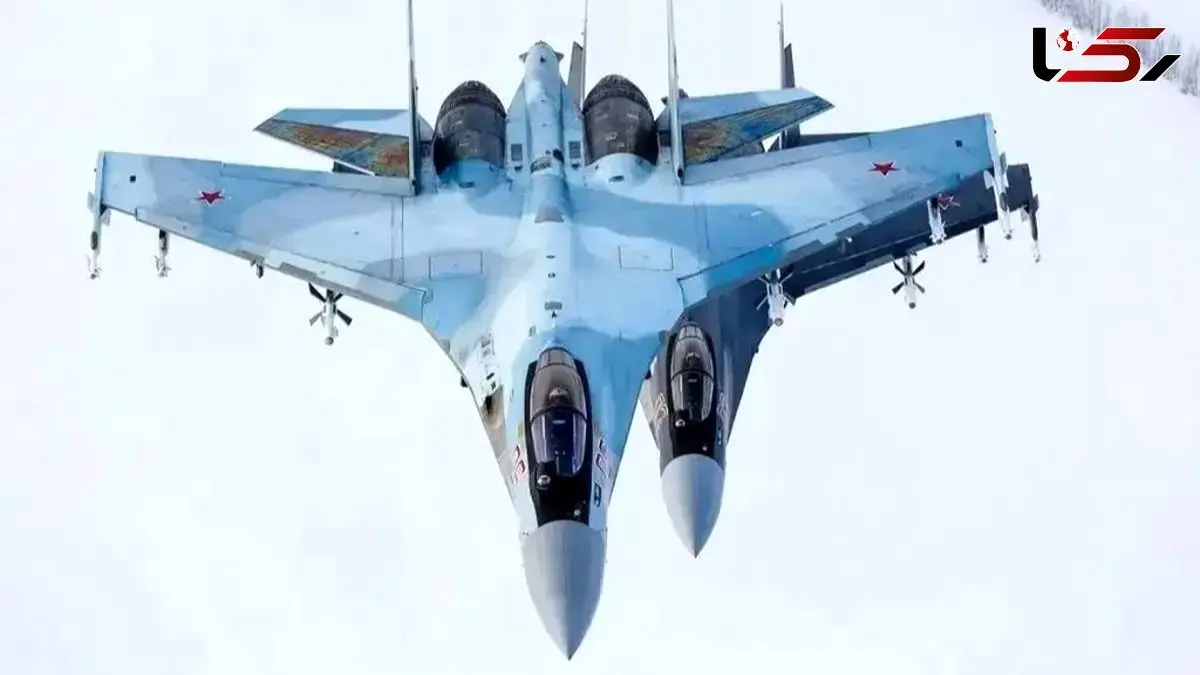
According to Rokna, modern warfare doctrine emphasizes air superiority, and fighters are key to achieving this edge. After decades of experience, testing, and trial-and-error during the Cold War—an era when the Soviet Union produced some of the most legendary aircraft in aviation history—Russia now possesses a robust aerospace industry capable of designing and producing advanced fighters on a large scale.
Although a significant portion of the Russian Air Force fleet still relies on Soviet-era aircraft, several new models have been introduced in recent years, many of which are upgraded versions of earlier designs.
Most of Russia’s new fighters are products of the state-owned Sukhoi Design Bureau, now part of the larger United Aircraft Corporation. As expected, many of these aircraft will eventually be replaced by newer generations. Until those designs reach mass production, the Russian Air Force will continue to operate its current fleet. Here are five of Russia’s latest fighters:
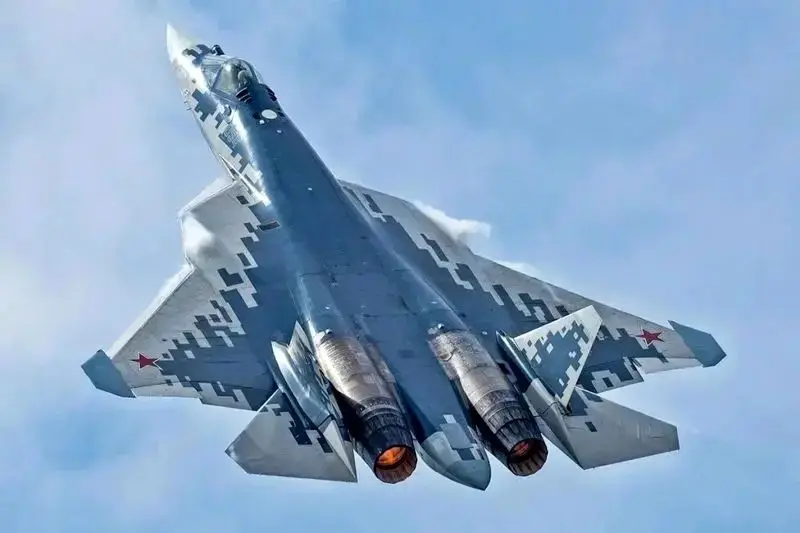
1. Sukhoi Su-57 Felon
The Sukhoi Su-57, known by NATO as the Felon, first flew in 2010 and is the youngest fighter in the Russian Air Force fleet. Highly agile and supersonic, it features advanced avionics, including the N036 Byelka active electronically scanned array (AESA) radar, making it Russia’s most advanced fighter.
The Su-57 is Russia’s answer to U.S. fifth-generation stealth fighters, the F-22 Raptor and F-35 Lightning II. On paper, it shares features such as angled rear stabilizers, dual weapons bays, a unified airframe, and radar-absorbent coatings. Lateral N036B-1-01 radars increase radar coverage. However, international experts question its actual performance.
While the F-22 and F-35 use advanced Pratt & Whitney F119-PW-100 and F135 engines, the Su-57 currently employs two Saturn AL-41F1 engines (previously used on the older Su-35 Flanker) while awaiting the more powerful Izdeliye 30 engine. Additionally, its radar cross-section is likely larger than that of the F-22 or Chinese J-20 due to less optimal air intakes and prominent engine exhausts, potentially affecting stealth.
Production numbers are also limited, with only about two dozen Su-57s in active service. Despite these limitations, the Su-57 remains Russia’s newest fighter and represents a significant advancement over previous fourth-generation models.
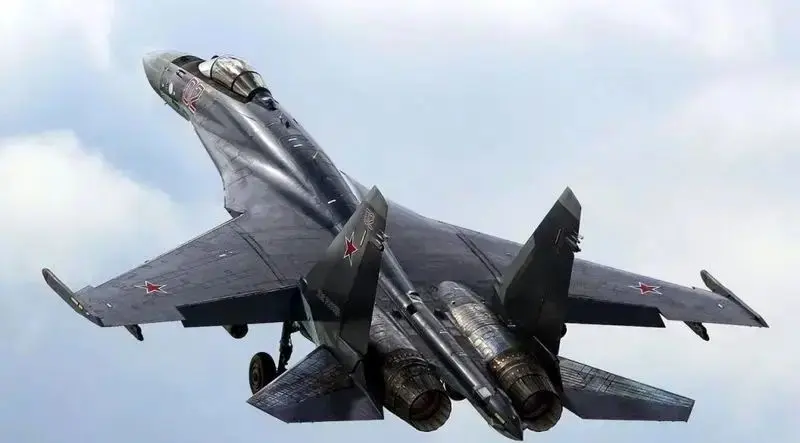
2. Sukhoi Su-35 Flanker
Introduced in 2007 with upgraded M and BM variants, the Su-35 is the most advanced and modern version of the Su-27 Flanker family. Although lacking fifth-generation stealth capabilities, it is officially classified as a 4++ generation fighter.
Designed for extreme maneuverability, the Su-35 remains one of the most agile fighters in service worldwide. Powered by two Saturn AL-41F1S turbofan engines generating approximately 64,000 pounds of thrust combined, it can reach speeds of around Mach 2.25 at high altitude.
Its thrust-vectoring nozzles enable maneuvers like the Pugachev Cobra, famous in both aerial combat and air shows. The Su-35 employs the Irbis-E PESA radar for long-range target detection, capable of 350–400 km, and can carry a full range of modern Russian air-to-air missiles, including the R-73, R-77, and R-37M. Khibiny-M electronic warfare pods are mounted on the wingtips, and a 30mm GSh-301 cannon with 150 rounds allows close-range combat. Over 100 Su-35s are currently in active service, with more under production. Despite the limited Su-57 fleet, the Su-35 remains the backbone of Russia’s fighter fleet.
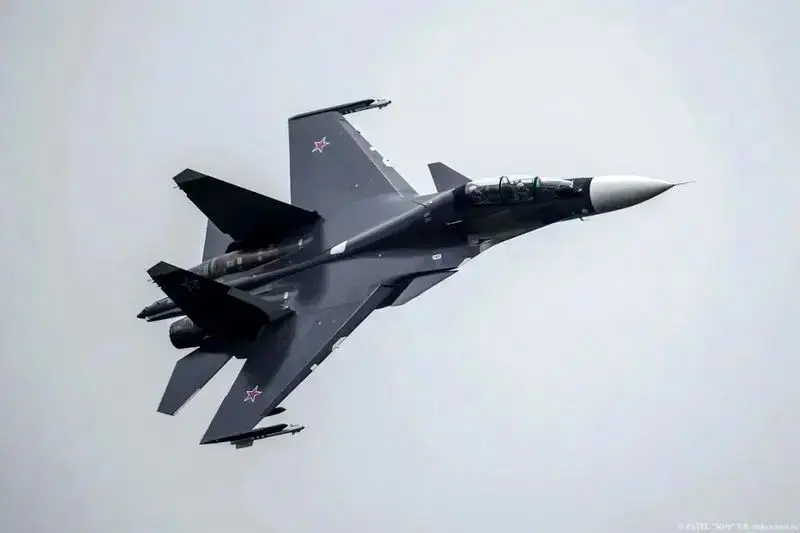
3. Sukhoi Su-30
Although the Su-30 design traces back nearly two decades before the Su-35, it has undergone multiple upgrades, resulting in the SM and SM2 variants in the 2020s. Featuring a two-seat cockpit for a pilot and weapons systems officer, the Su-30 is designed for long-range missions. Some versions include canards to improve control at high angles of attack.
As a true multirole fighter, the Su-30 emphasizes endurance and range. Twin AL-31FP engines, each producing 27,000 pounds of thrust, allow speeds up to Mach 1.75. The wider airframe accommodates additional fuel, extending its range to around 3,000 km and a ceiling of 56,000 feet. Retractable aerial refueling probes and external fuel tanks further enhance operational range. While newer SM2 variants feature the Irbis-E radar, older models retain the N011 Bars PESA radar, capable of detecting large aerial targets up to 400 km away. The Su-30 has been widely exported and can be customized per customer requirements.
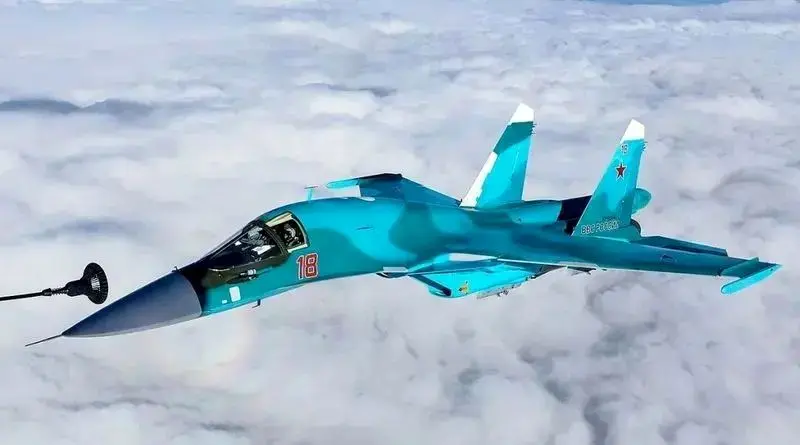
4. Sukhoi Su-34 Fullback
NATO calls the Su-34 the Fullback. It serves as the Russian Air Force’s primary tactical bomber. After decades of development delays beginning before the Soviet Union’s collapse, it officially entered service in 2014.
Combining the Flanker family airframe with a side-by-side cockpit for the pilot and weapons officer, the Su-34 was designed to replace older aircraft like the Su-24 Fencer and Tu-22 bomber. Its elongated, duckbill-shaped nose and long tail with an auxiliary power unit give it a distinctive appearance, earning it the nickname “HellDuck” among Russian crews.
Although capable of air combat using R-73 and R-77 missiles, its primary mission is strike operations. The Su-34 carries a wide range of air-to-surface weapons on its twelve pylons, including Kh-59, Kh-35, P-800 Oniks, and Kh-31 anti-radar missiles. With an empty weight of around 22,500 kg, it is Russia’s heaviest fighter, allowing larger internal fuel tanks. Its twin AL-31FM1 engines each provide 30,000 pounds of thrust. Uniquely, the Su-34 features a spacious cockpit allowing crew movement, in-flight meal preparation, and even onboard sanitation facilities.
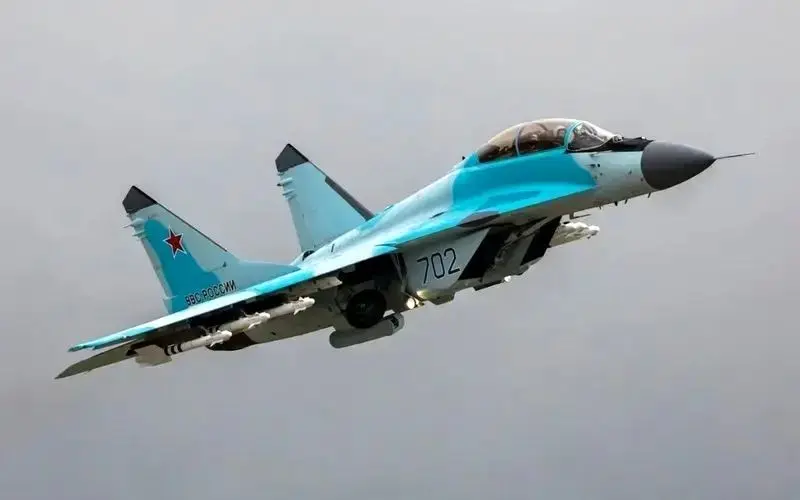
5. Mikoyan & Gurevich MiG-35 Fulcrum
The MiG-35, developed by the Mikoyan Design Bureau, is an effort to revive interest in the Cold War-era MiG-29 Fulcrum. While previous variants like the MiG-29M and MiG-29K were introduced, the MiG-35 debuted at the Moscow Air Show in 2017, nearly 40 years after the original Fulcrum’s first flight.
Although it resembles earlier MiG-29s in airframe design, almost all other systems are new. Legacy N019 pulse-Doppler radars were replaced with the Zhuk-ME PESA radar, with the Zhuk-AE AESA radar as an upgrade option, capable of detecting targets over 150 km away and tracking up to 30 simultaneously.
Powered by RD-33MK engines, each producing 19,842 pounds of thrust, and with an increased internal fuel capacity of 4,800 liters, the MiG-35 can reach Mach 2.25, a 2,000 km range, and a ceiling of 52,000 feet. It offers full multirole capability with advanced situational awareness, air-to-air sensors, ground-targeting laser pods, Khibiny electronic warfare pods, and helmet-mounted targeting systems.
However, the MiG-35 has not achieved its intended role as an export platform. Only six aircraft remain in active service, all operated by the Russian Air Force.
Send Comments